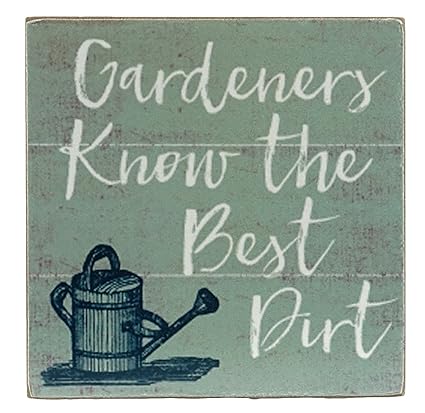

Covering up perennials in case of frost, snow. Cut my hostas back to nubbins.
1. Join a gardening club.
Share your love of gardening with others, inspire new gardeners, learn new tips from old pros and have fun in the process. Most garden clubs are involved in worthy projects such as beautifying parks, roadsides or empty lots. Some may offer classes in floral designing, landscaping or organic gardening.
2. Plant at least one native plant.
Natives, be they flowers, shrubs or trees, are adapted to your particular soil and climate. They are easy to grow without benefit of pesticides or fertilizer, and they require little supplemental water. Native plants also provide critical habitat for birds and beneficial insect that have co-evolved in the same area.
3. Install a bat house.
Bats are having a difficult time these days and their numbers are diminishing, but a bat house provides a place for them to roost and raise their young. Bats pay you back by eating up to 1,200 mosquitoes per hour, making a significant dent in the pest population. Keep in mind that bat poop (guano), is one of the best fertilizers around.
4. Create a compost bin.
Compost is a nutrient-rich substance that enriches the soil by replacing lost nutrients. Compost also reduces the need for toxic chemicals, helps control erosion, provides a habitat for earthworms and keeps waste out of the landfills.
5. Volunteer at a community garden.
Even a few hours spent in the garden provides nutritionally rich produce for people in low-income neighborhoods. Community gardens beautify vacant lots and provide a sense of pride that benefits entire communities.
6. Leave grass clipping on your lawn and keep them out of the landfill.
As they deteriorate, leaves improve the soil and provide nitrogen, phosphorus and potassium without expensive chemical fertilizers. Think of the time you’ll save by eliminating raking and bagging. If you have extra leaves, add a few to your compost bin.
7. Try your hand at saving seeds for next year.
Harvest a few from dry, wilted blooms at the end of the season and you’ll have seeds to plant in spring with plenty left over for sharing with friends. Although you can save seeds from nearly any plant (including vegetables), easy candidates for beginning seed savers include coneflower, black-eyed Susan, sunflower, marigold, morning glory, nasturtium, snapdragon or poppy.
8. Plant at least one flower for the bees.
As their numbers are dropping rapidly due to pesticides, climate change, parasites and other factors. Bee-friendly plants include bee balm, crocus, salvia, zinnia, allium, poppy, cosmos, sedum and countless others. Bees also appreciate herbs like rosemary, chives, thyme, lavender, borage. If possible, provide plants that bloom in spring, summer and fall.
Thank you for the thread.
The last weekend of 2019 here in Central Missouri started off warm and wet. I’m not sure how much it rained on Saturday, but it was enough to raise the pond level a good 6”. It was cool and blustery yesterday, but we only got the occasional sprinkle of rain.
I had a houseful of kids, grandkids, and other assorted relations for Christmas dinner on Saturday. 16 altogether I think.
I mustered a bit of strength yesterday and pruned my pear trees. It’s incredible how much new growth those things put out every season. Several of the main-stem suckers on one of them were over 10’ long.
It was too muddy to do much of anything else, so after I finished the pear trees I went inside and took a nap.